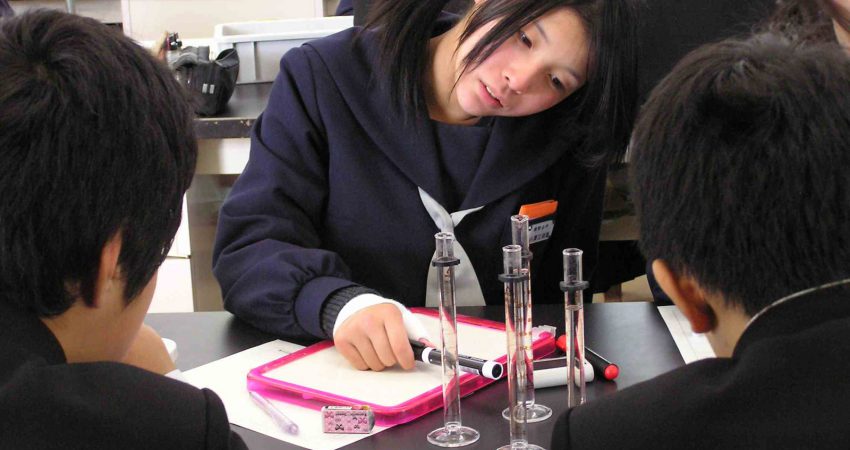
By Heather King - March 2011
PAPER CITATION
Tytler, R., & Prain, V. (2010). A Framework for re-thinking learning in science from recent cognitive science perspectives. International Journal of Science Education, 32(15), 2055–2078.
This paper presents the findings from a longitudinal study (over 7 years) of primary pupils' learning and understanding of evaporation. The authors focus on the role of context, narratives, and the students' representations to explain the developments in understanding.
The analysis builds on frameworks proposed by Klein (2006) and others who have argued that context, perception, learner identity, feelings, metaphor, story-telling, and pattern completion play an important role in learning. Such theorists have also argued that conceptual knowledge should be seen as more implicit and variable across contexts, rather than being something which is abstract and unchanging. This shift in perspective has been described as "second generation" cognitive science.
The authors of this paper acknowledge that our understanding of conceptual development is still open to debate, and indeed recognise the contributions of the conceptual change model originally proposed by Posner, Strike, Hewson, and Gertzog (1982) and subsequently refined by Vosniadou, di Sessa, and others. In broad terms, the classic conceptual change model proposes that learners change their views as a result of teacher-guided recognition of the inadequacy of their prior beliefs. In this paper, the authors note that the new perspective offers a more effective framework for interpreting their data concerning conceptual growth and learning.
The interpretations of evaporation put forward by 15 children over 7 years were studied using classroom observations, interviews, and samples of the children's work. The findings highlight the role of verbal and visual language, such as the use of metaphors, in making sense of phenomena. The way children appear to coordinate different representations acquired over time to create a coherent construct is also noted. For example, students initially describe evaporation using the metaphor of the water cycle, yet when asked about the evaporation of alcohol attempt to weave together their various perceptions and previously learnt accounts to generate a modified explanation. In short they are "bringing alignment to [their] partial representations" (p. 2067).
In discussing the implications of their findings, the authors note the need for educators to be responsive and supportive of individual meaning-making and to recognise the ways in which learners may be negotiating, integrating, and refining their ideas over time. In other words, learners do not permanently reject one representation or explanation in favour of a more reasonable other, as classical conceptual change theorists would assert. Instead, learners integrate new ideas with existing conceptions over a period of time. By redefining the conceptual challenges identified in the conceptual change literature as fundamentally representational in nature, the authors argue that a literacy perspective offers a productive way forward for the support of quality learning.
For informal educators, the message from the paper would be that, in exploring and extending students' knowledge, they should focus on students' representational ideas and thus set tasks which allow students and educators to explore, generate, and negotiate their representations and ways of thinking. Learning to coordinate multiple representations is central to learning, and educators should acknowledge that prior ideas may remain even as learners grapple with new content and ideas.
As the authors suggest, "Rather than an orderly progression of ideas, student learning entails gradually bringing into a more coherent relation an array of informal thoughts and analogies and anecdotes related to phenomena, in a process of representational weaving." (p. 2074). By promoting the discussion of learners' varied representations, educators have an opportunity to offer alternative, compelling explanations for integration within the learners' minds. In this way, the teaching and learning process resonates well with the nature of science: both are learning writ large, and the specific understanding of a concept in science involves operating flexibly but coherently with a range of associated representations.




